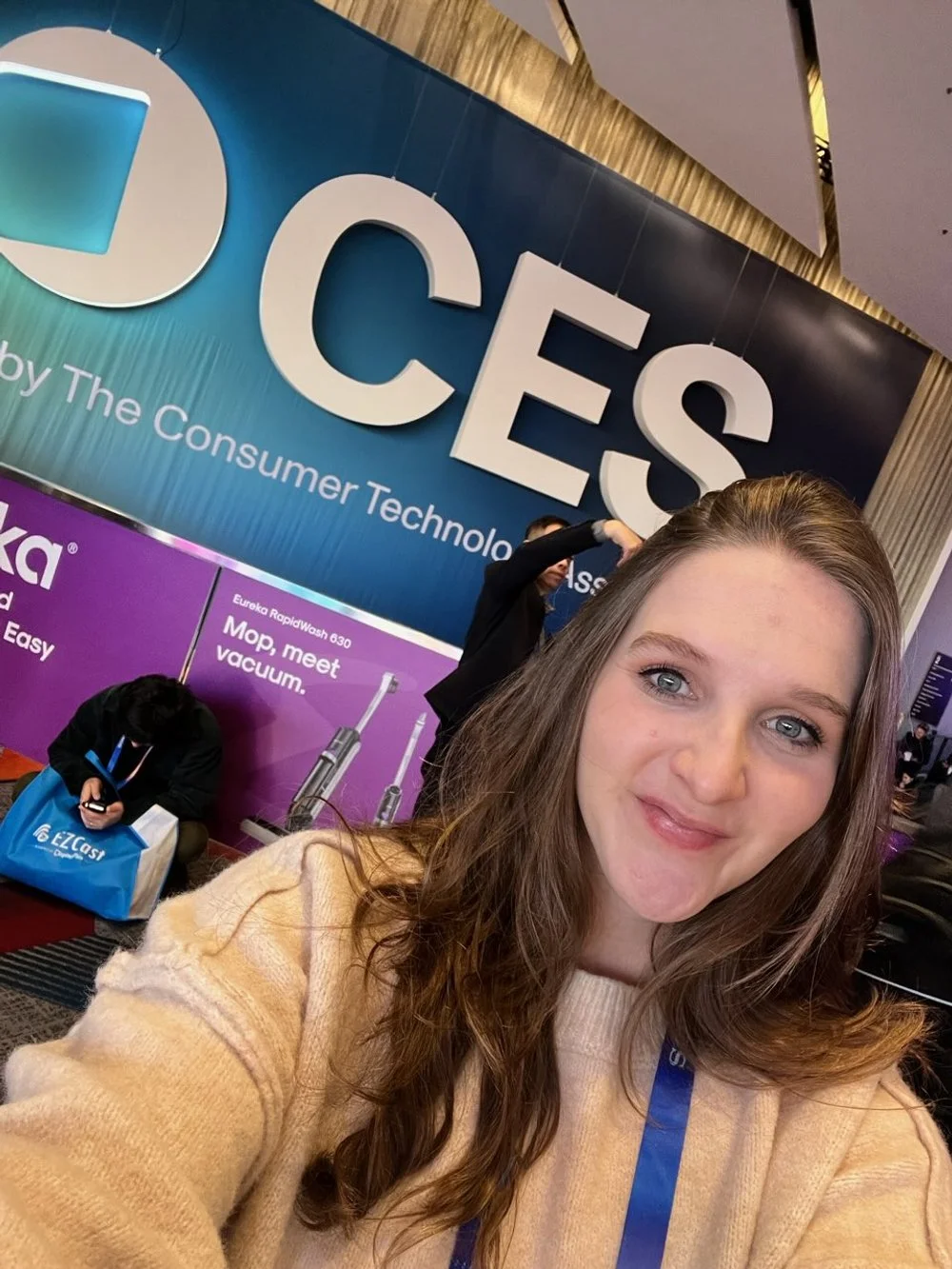The Apple Store offers nearly 2 million apps for download worldwide. Many promise to be personal assistants that help people sleep better, eat healthier, read more, or learn a new skill. But with so many different offerings, how do apps keep users coming back and achieving their goals? Through the art of persuasive design, app designers successfully utilize behavioral science principles to nudge users to do certain actions.
Nudging is one of the most common ways science is used to influence behavior. It refers to any influential change in your environment that doesn’t “forbid options or significantly change economic incentives” (Behavioral Economics).
Receiving bonus points or hearing a celebratory ding after making a selection are examples of nudging in apps that can influence user actions. These features fall under the app’s greater choice architecture, which is the structure app designers create to set the stage for how users navigate the app (Behavioral Economics). There are various nudging techniques, or ways the choice architects design app features, that steer user behavior.
Users respond to these techniques positively when they feel accomplished or generally satisfied. Apps that help build confidence through positive feedback, relatedness through social engagement, and self-actualization through behavior achievement strengthen the user’s positive associations with the activity and keep them coming back to the app. This idea is called the self-determination theory, which highlights that competence, relatedness, and self-actualization are the three basic psychological needs necessary to maintain psychological well-being during an activity (Behavioral Economics).
Duolingo, a language learning app, is adept at nudging users to do certain actions and achieve their language goals. It is one of the largest language learning apps in the world with 9.6 million daily active users in 2022 (Statista). Using various nudging techniques, Duolingo keeps users feeling accomplished while satisfying their need for self-determination.
Framing, a common nudging technique, works by highlighting either positive or negative attributes of a choice to make that choice appealing or unattractive. Duolingo frames the difficult process of language acquisition as an entertaining and rewarding game. User success in the app is measured by his or her ability to play every day to maintain their growing streak. Duolingo reframed learning and practice into a streak-keeping game that relies on our natural competitiveness.
The app also utilizes another technique called defaults, an interaction that is already set in the design and doesn’t require the user to make a decision. Upon starting a new language, content is arranged in trees that gradually stack lesson plans. This allows users to focus on language acquisition without worrying about the sequencing of content. This way, they aren’t confused about what they should learn next (Berman, 2021).
Ultimately, Duolingo is an excellent example of how apps can convince people to achieve positive goals. But not all apps are designed in the best interest of the user. Sometimes persuasive design convinces users to continue bad behaviors, like making purchases (ie. Candy Crush) or perpetuating negative self-image through unrealistic beauty filters (ie. Snapchat).
App design paves the way for a lot of behavioral design thinking. When it comes to using digital assets to influence user behavior, nudging is a great tool. But nudging techniques can be influential outside of the digital environment, influencing product, system, and service design. In future blogs, we will dive deeper into this, and see how behavioral design can and has influenced people across different sectors and environments.
Writing By:
Odiraa Okala, Public Health Innovation Analyst
Odiraa is a Master of Public Health Candidate at Saint Louis University in Missouri. He has a concentration in Behavioral Science and Health Education and has extensive experience in public policy and human-centered design thinking.
Nia-Simone Eccleston, Design Strategist Apprentice
Nia-Simone Eccleston is a 2022 graduate of the Georgia Tech Industrial Design program, BSc. She has many years of experience in journalistic writing and has contributed as a design researcher for various social impact projects.
Illustrations and infographic by Nia-Simone Eccleston










